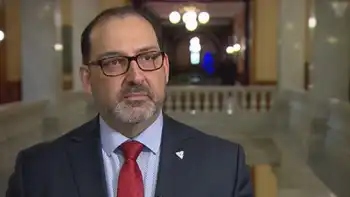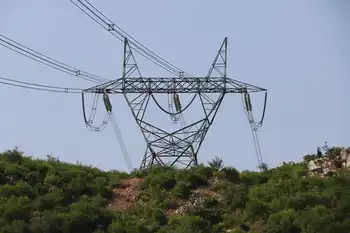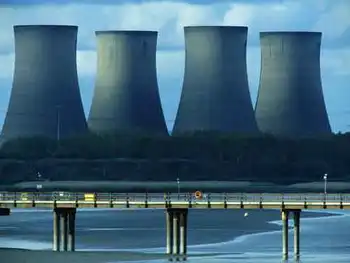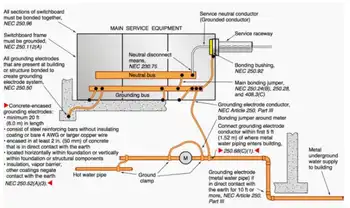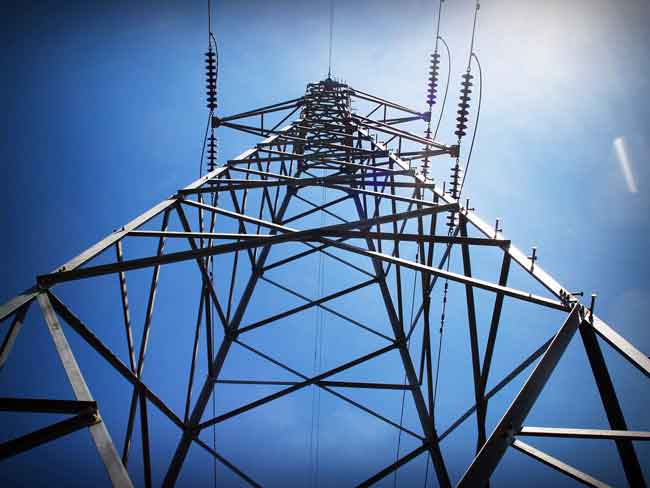Harper Government gives $1 million to Alberta power engineering program
By Federal Government of Canada
Arc Flash Training - CSA Z462 Electrical Safety
Our customized live online or in‑person group training can be delivered to your staff at your location.

- Live Online
- 6 hours Instructor-led
- Group Training Available
Federal funding of $1 million will allow Northern Lakes College to purchase specialized equipment needed to establish a new power engineering steam lab at its Peace River Campus. The new facility will provide more power engineering students with the resources they require for certification.
The project, which also received funding from Shell Canada and Penn West, will help address the growing need for qualified power engineers in Alberta, specifically benefiting small- and medium-sized enterprises in the Slave Lake and Peace River regions. In addition, the initiative will provide surrounding First Nations and Métis communities with greater access to skills training programs needed for careers in the oil and gas, as well as forestry sectors.
Quick Facts
- Power engineers operate and maintain machinery and boilers that provide steam, power, heat, refrigeration and other utility services to industrial and commercial facilities.
- There is high demand for power engineers in a number of industrial settings ranging from heavy oil, forestry to hospitals.
- This state-of-the-art facility will support the CollegeÂ’s Power Engineering program by providing 3rd and 4th year power engineering students with hands-on training.
- The facility is also expected to provide over 80 students, annually, with their mandatory 4th class power engineer certification steam time.
"Our Government is proud to support the establishment of the Power Engineering Steam lab at Northern Lakes College. Through this initiative, we are helping to ensure more Canadians have access to skills-training programs that are in high-demand from employers," says Michelle Rempel, Minister of State for Western Economic Diversification.
"The new power lab in Peace River is key to the training of power engineers in northern Alberta, and will enable Northern Lakes College to better meet the training and labour market needs across our vast service region. The support of Western Economic Diversification Canada and our industry partners has been critical to the success of this project," says Ann Everatt, the President and CEO, Northern Lakes College.
"Shell Canada is a long-time supporter of Northern Lakes College, and has been a strong advocate in the initial drive for a power lab in the Peace Region. We look forward to recruiting its future graduates for our operations both in the Peace River area and elsewhere in Alberta," says Bob Blachford, the Peace River Operations Manager of Shell Canada.
"Penn West believes that people are empowered through education, and is pleased to support lifelong learning at a local level, while contributing to a program that will help meet the demand for trained power engineers. This added opportunity for obtaining practical experience will be a huge benefit to students, without the need for travel far from home. Given the expected future demand for Power Engineers, it is especially rewarding to contribute in an area that will benefit local people and their families through increased training and employment opportunities," says Rob Lanctot, Production Superintendent for Penn West.





